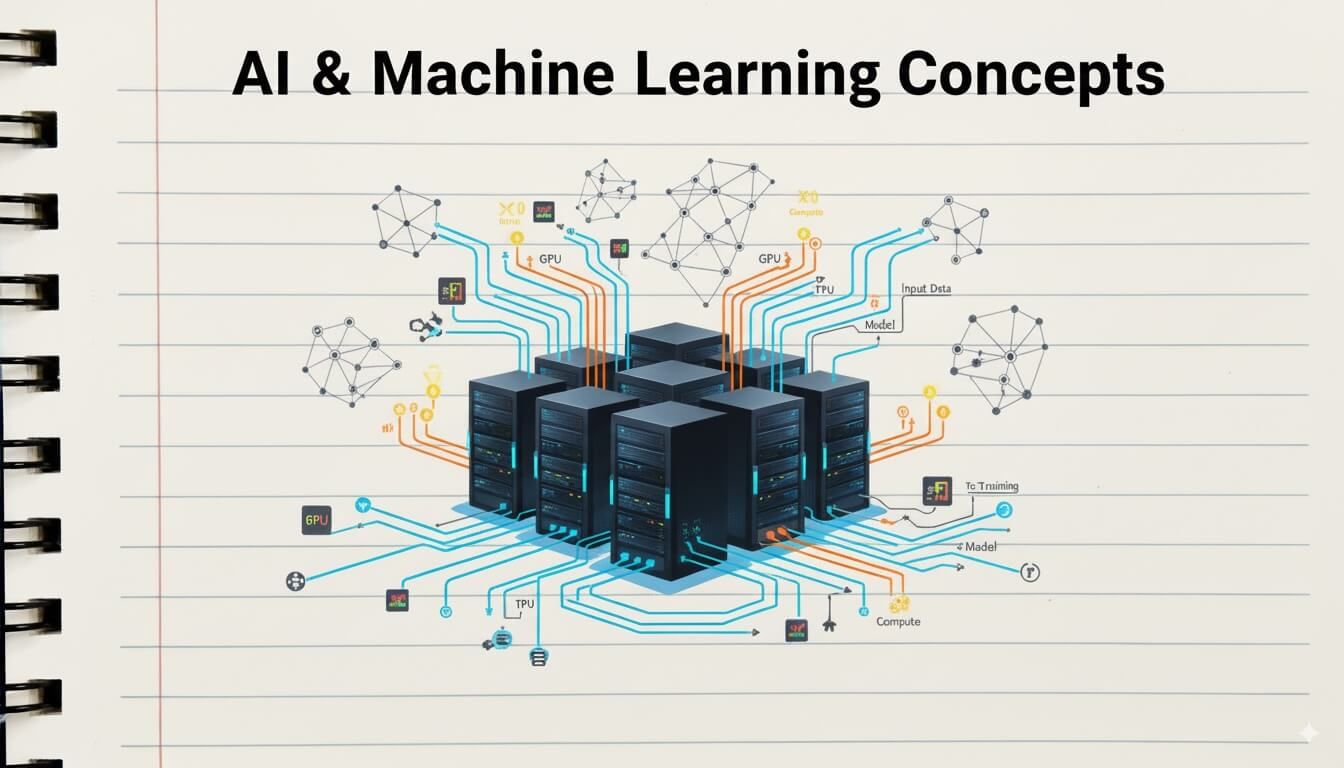AI Model Parameters Explained: 2B vs 7B vs 40B and Beyond
· Travis Rodgers · 3 min read
If you’ve been browsing Hugging Face or other model hubs lately, you’ve probably seen AI models described as 2B, 7B, 13B, or even 40B.
But what do these numbers mean? And more importantly, what should developers and homelabbers know before downloading and running them?
This post breaks it down in plain language.
What Are Parameters in AI Models?
Parameters are the “knobs” inside a neural network that the model learns during training. Each parameter holds a value that helps the model recognize patterns, generate text, or make predictions.
Think of parameters like memory slots. The more slots, the more information the model can store.
More parameters generally = smarter model, but also more expensive to train and run.
So when you see a model with 7B (7 billion) parameters, it literally has seven billion of these learned values.
Why Parameter Count Matters
Capability & Accuracy
- More parameters usually mean the model can handle more complex tasks, generate more coherent text, and understand context better.
- Example: A 2B model might summarize emails well, but a 40B model could handle multi-step reasoning.
Compute Requirements
- Larger models demand more VRAM, CPU/GPU power, and disk space.
- A 7B model may fit on a gaming GPU, but a 40B model might need multiple high-end GPUs or CPU offloading strategies.
Latency
- Smaller models respond faster.
- Larger models produce higher-quality answers but may run slower unless heavily optimized.
GPU Sizing and Homelab Recommendations
The GPU you need depends heavily on model size. A simple rule of thumb:
Plan for ~1.2× the model’s memory size in VRAM, unless you use quantization.
Here’s what that means in practice:
2B–7B Models
- VRAM Needed: ~8–16GB
- Run on a single consumer GPU — ideal for chatbots, coding assistants, and hobby projects.
- Starter option: MSI Gaming GeForce RTX 3060 12GB
13B Models
- VRAM Needed: ~24–40GB
- These models are the sweet spot for homelabbers balancing quality vs. cost.
- Options: EVGA GeForce RTX 3090 FTW3 Ultra Gaming, or quantized versions on smaller GPUs.
30B–40B Models
- VRAM Needed: ~80GB+ (multiple GPUs or enterprise hardware)
- With 4-bit quantization, you can push these onto a high-end consumer card like the MSI GeForce RTX 4090 Gaming X Trio 24G.
- Realistically, most homelabbers will rely on cloud GPUs for models this large.
💡 Pro Tips for Homelabbers
- Use quantized models (4-bit/8-bit) to stretch consumer GPUs further.
- Hybrid CPU + GPU inference works if you’re short on VRAM (though slower).
- Cloud GPUs are a good fallback for experiments with 40B+ models.
👉 If you’re just starting out, a 7B model on a 12–24GB GPU is often the best entry point for performance and accessibility.
What Developers Should Know
Even outside of homelabs, developers should keep parameter counts in mind.
The first consideration is deployment cost—serving a 40B model in production can easily run into thousands of dollars per month in GPU hosting fees.
Optimization also plays a major role. Techniques like quantization, whether 4-bit or 8-bit, can drastically reduce memory usage while still maintaining high output quality.
Finally, it’s important to think about fit for your specific use case. Bigger isn’t always better; sometimes a smaller, more efficient model will outperform a giant one if your priorities are latency, cost, or overall efficiency.
Choosing the Right Model
Ask yourself:
What’s my hardware?
- Do I have a gaming GPU? A cluster? Just CPU?
What’s my use case?
- Personal chatbot? Code assistant? Research?
What’s my tolerance for tradeoffs?
- Faster responses vs. better quality text.
Often, a 7B–13B model gives the best middle ground.
Conclusion
When you see 2B, 7B, or 40B next to a model, remember: those numbers describe how many learned parameters the AI has. More parameters mean more capability, but also more demand on your hardware.
For homelabbers and developers alike, the key is balance. Start with smaller models, experiment with optimizations, and scale up as your needs (and hardware) allow.
This page may contain affiliate links. Please see my affiliate disclaimer for more info.



